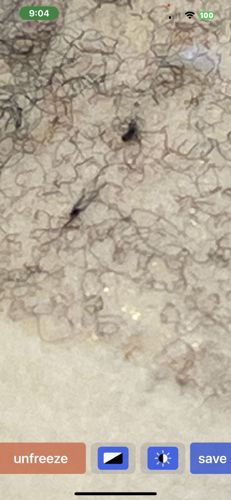Fungus Gnat (likely)
Scientific Name: Bradysia spp. (likely)
Order & Family: Diptera, Sciaridae (Dark-winged fungus gnats)
Size: 2-8 mm (adults)

Natural Habitat
Damp, organic-rich environments, especially potted plants, greenhouses, and compost piles. Adults are often seen flying near lights or windows, while larvae live in soil.
Diet & Feeding
Larvae feed on fungi, decaying organic matter, and plant roots. Adults do not feed significantly and are short-lived.
Behavior Patterns
Adults are weak fliers and often seen walking on surfaces or flying erratically. They are attracted to lights. Larvae live in the top inch or two of soil and can damage root systems, especially in young plants. They thrive in consistently moist conditions.
Risks & Benefits
Potential risks include damage to plant roots, particularly seedlings, cuttings, and houseplants, which can lead to wilting and stunted growth. They are generally not harmful to humans or animals, but large infestations can be a nuisance. Benefits include their role as decomposers, breaking down organic matter.
Identified on: 9/17/2025